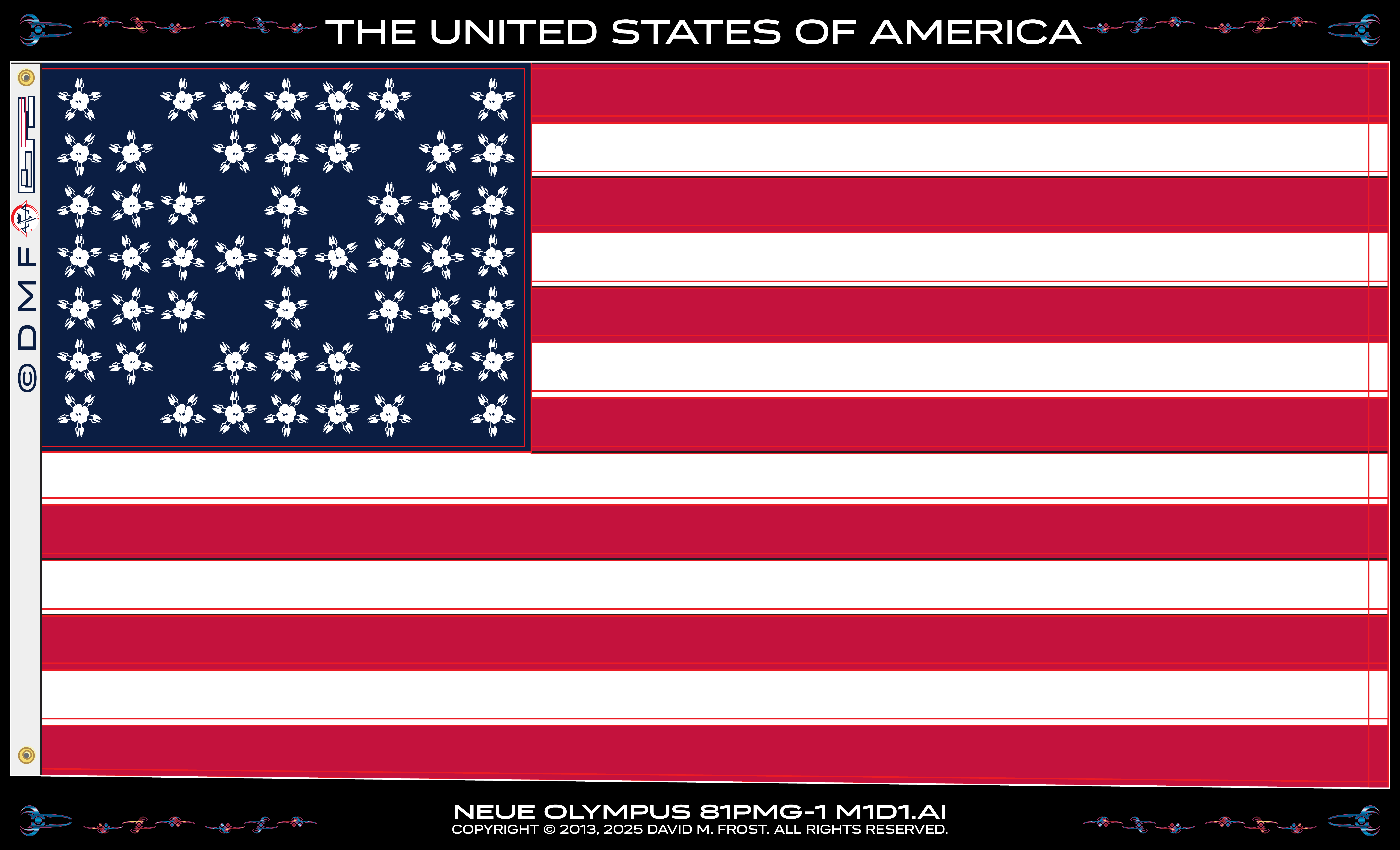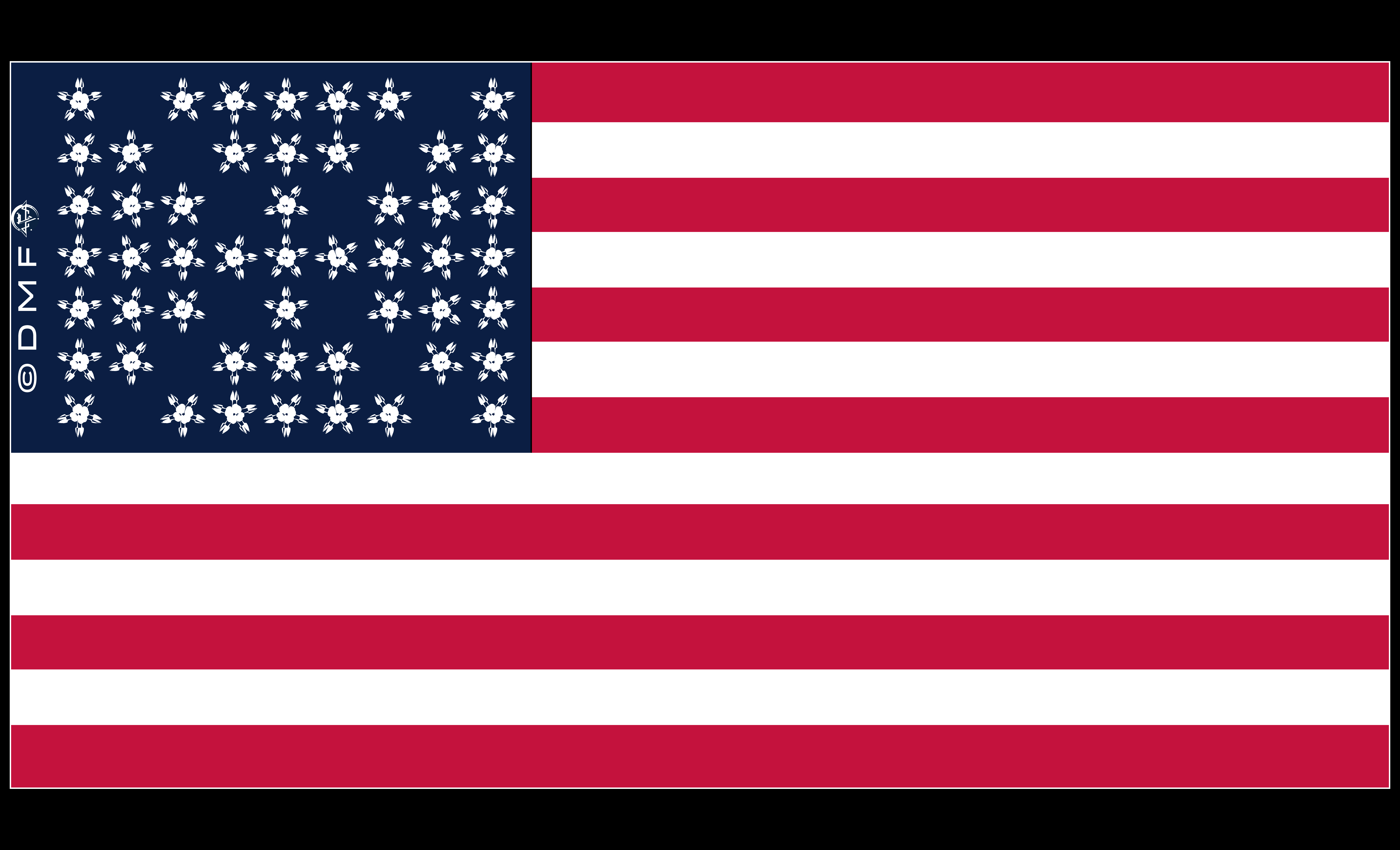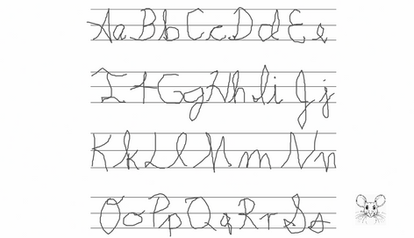HOME | DD
 scfdunit1 — Deviant Central Railroad Signals and Signs
scfdunit1 — Deviant Central Railroad Signals and Signs

Published: 2019-04-03 07:02:32 +0000 UTC; Views: 996; Favourites: 10; Downloads: 2
Redirect to original
Description
The Deviant Central Railway has a lot of similar signals to the Union Pacific, and is used all through the Deviant Republic.Signals:
Clear Signal - Train can proceed at posted speed.
Approach Clear Sixty Signal - Train can proceed, with a reduction and/or limit of 60 MPH until otherwise posted.
Approach Clear Fifty Signal - Train can proceed, with a reduction and/or limit of 50 MPH until otherwise posted.
Advance Approach Signal - Train must prepare to stop by the next signal, with a reduction and/or limit of 40 MPH until otherwise posted.
Advance Approach Signal w/ Commuter/Passenger Plaque - Train must prepare to stop by the next signal, with freight trains limited to 40 MPH, and passenger trains limited to 60 MPH.
Approach Diverging Signal - Train can proceed, preparing to advance to the diverging route ahead at posted speed through the turnout.
Approach Signal - Train can proceed, but must be able to stop before the next signal without any part of the train passing the next signal. Freight trains limited to 30 MPH, and passenger trains limited to 40 MPH.
Distant Signal Clear Signal - Train can proceed, but must be able to stop before the next signal without any part of the train passing the next signal.
Distant Signal Approach Signal - Train can proceed, but must be able to stop before the next signal without any part of the train passing the next signal. All trains limited to 20 MPH in the block the signal governs.
Distant Signal Approach Diverging Signal - Train can proceed, preparing to advance to the diverging route ahead at posted speed through the turnout.
Approach Restricting Signal - Train can proceed at restricted speed, not exceeding 15 MPH. When the next signal is reached and is giving a proceed indication, restricted speed is no longer required.
Diverging Clear Limited Signal - Train can proceed onto the diverging route, not exceeding 40 MPH through the turnout.
Diverging Clear Signal - Train can proceed onto the diverging route at posted speed.
Diverging Advanced Approach Signal - Train can proceed at posted speed, but must be prepared to stop by the next signal. All trains limited to 40 MPH.
Diverging Advanced Approach Signal w/ Commuter/Passenger Plaque - Train can proceed at posted speed, but must be prepared to stop by the next signal. Freight trains limited to 40 MPH, and passenger trains limited to 60 MPH.
Diverging Approach Diverging Signal - Train can proceed at posted speed onto the diverging route, being prepared to advance onto the next diverging route at the next signal at posted speed.
High Water Indicator Normal Signal - No high water detected, train can proceed at posted speed.
High Water Indicator Danger Signal - High water detected, train must reduce speed to 5 MPH through the affected block.
Take/Leave Siding Signal - Train must enter/exit the next siding.
Restricting Signal - Train can proceed at restricted speed, and must not exceed posted speed where applicable.
Restricting Signal w/ Grade Plaque - Train can proceed at restricted speed, and must not exceed posted speed where applicable. Crew must pay attention to the Grade ahead.
Stop Signal - Train must stop before any part of the train passes this signal.
Diverging Approach Clear Fifty Signal - Train can proceed through the turnout at posted speed, with a reduction and/or limit of 50 MPH until otherwise posted.
Slide Indicator Normal Signal - No slide detected, train can proceed at posted speed.
Slide Indicator Danger Signal - Slide detected, train must reduce speed to 5 MPH through the affected block.
Signs:
Distant Signal Plaque - Posted on signals to warn crews of the signals ahead. Only warns of the next signal, not track occupancy or condition.
Grade Plaque - Posted on signals to warn crews of an upcoming grade in the roadbed ahead. Accompanied by a number plate to indicate how steep a grade it is.
Commuter/Passenger Restrictions Plaque - Posted to enforce a signal/restriction for passenger trains.
High Water Plaque - Posted on warning signals to inform crews of water on/over the tracks ahead. Installed in high risk flooding areas.
Slide Plaque - Posted on warning signs to inform crews of rock/mud slides ahead. Installed in high risk slide areas.
Turnout Plaque - Posted to inform crews of an upcoming turnout. Plaque is in the process of being phased out, as Deviant Connect no longer maintains the majority of the trackage in Deviant State.
Permissive Signal Plaque - Posted on Restricting signals to inform crews to proceed past the stop signal at a reduced speed.
Fixed Derail Plaque - Posted to warn crews that a Fixed Derail device is placed on the rail ahead. The crew must stop their train 100 ft from the derail until it can be removed, other than in engine service areas.
End of Track Plaque - Posted to warn crews that the track ends ahead.
Yard Limits Plaque - Posted to inform both road and yard crews where the boundaries of the yard lay. All movement in the yard must be at restricted speed unless given permission from a dispatcher on a main line through the yard. All traffic in the yard must go with the mainline traffic flow unless given permission by the yardmaster. Switcher locomotives are also not allowed to pass yard limits plaques without permission from a dispatcher.
Entering High Threat Urban Area Plaque - Posted to inform crews the boundaries of a densely populated urban area. All trains manifested carrying hazardous materials (Including but not limited to: nuclear waste, flammable and explosive liquids and gasses, and poisonous liquids or gasses) are not allowed to exceed 50 to 40 MPH depending on the specific hazardous material.
Leaving High Threat Urban Area Plaque - Posted to inform crews the boundaries of a densely populated urban area. All trains manifested carrying hazardous materials can the resume posted speed.
Temporary Yellow Flag Sign - Posted to inform crews that a temporary speed reduction has been put in place in two miles. All trains must not exceed speed specified in the track warrant or bulletin. If no warrant or bulletin is in place, trains must not exceed 10 MPH until otherwise posted.
Temporary Yellow/Red Flag Sign - Posted to inform crews that they must be ready to stop due to personnel or equipment ahead. All trains must be prepared to stop in up to 2 miles prior to seeing a Temporary Red Flag sign. If no Temporary Red Flag sign is encountered, the train may continue at restricted speed till the train is clear of the work area.
Temporary Red Flag Sign - Posted to inform crews that they must stop their train unless given verbal permission by the site foreman. The train may pass the Temporary Red Flag sign if permission is received before the train has stopped, the train can pass the sign.
Temporary Green Flag Sign - Posted to inform crews that they are now out of a work zone and can resume posted speed.
Permanent Speed Plaque - Posted to inform crews of that track sections speed. If two numbers are present, the upper speed is for passenger trains, and the lower is for freight trains.
Grade Crossing Plaque - Posted to inform crews of an upcoming grade crossing.
Whistle Post Plaque - Posted to remind crews to sound their horn.
Quiet Zone Grade Crossing Plaque - Posted to inform crews not to use their horn through this section of track. A number plaque below the quiet zone plaque would indicate how many crossings the quiet zone lasts for.
Restricted Limits Begin/End Plaque - Posted to inform crews where a restricted limits zone begins and ends. Usually will be accompanied by a mile post number.
Number Plaque - Posted to inform crews of grades, mile posts, and other important numerical information.

























